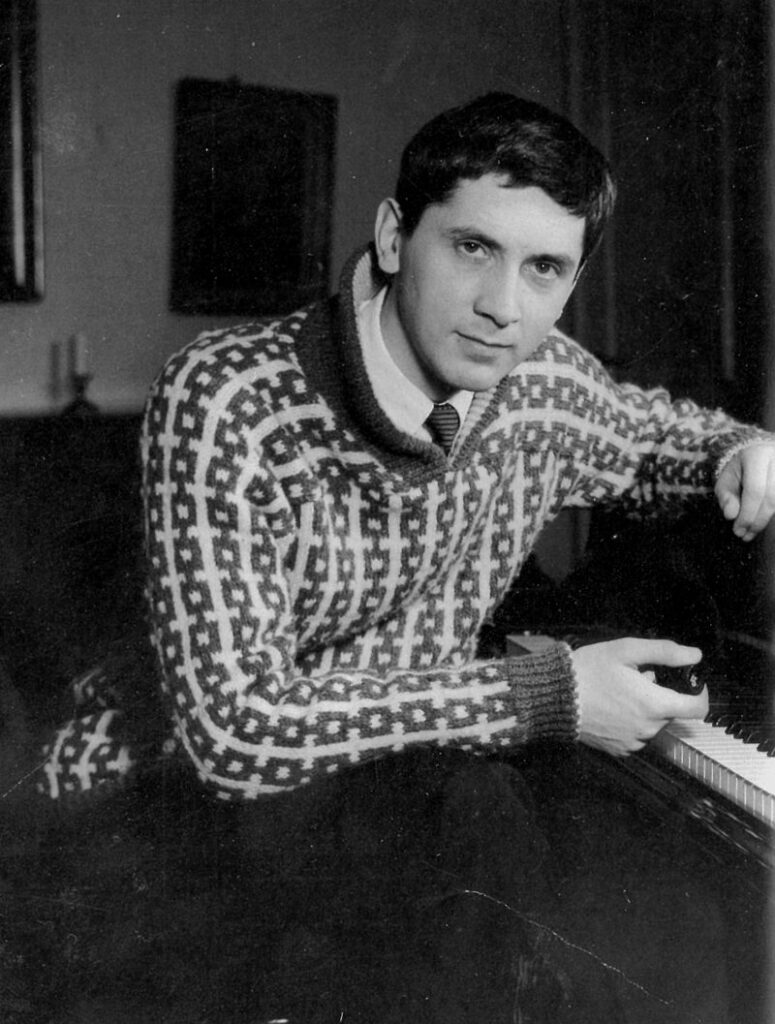Rautavaara, Credo (from Missa a Cappella)
I ran across this piece yesterday while looking for an assortment of Credos. Professor Carol is teaching our Early Sacred Music course online for Memoria this semester and, as always, she wants to bring in new materials and find some new perspectives. And since she is tootling around Croatia at the moment, somehow surviving on fancy dinners and Adriatic vistas, the least I can do is help her out a little.
Finnish composer Einojuhani Rautavaara (1928-2016) doesn’t fit into the category of early music, but he does help to illustrate how contemporary composers keep returning to the bedrock of Western music—the chant that defined early Christian worship.

Although we can say Rautavaara’s music is not “early,” it is hard to generalize about his style. Some of it is dodecaphonic (12-tone serialism), some Romantic, some neoclassical. And there is quite a lot of it, including eight symphonies, twelve concertos, and nine operas.
He is regarded as the most significant Finnish composer since Sibelius. Sibelius recommended him for a scholarship to Juilliard where he studied under Vincent Persichetti. (Look for Persichetti here soon.)
Rautavaara didn’t reach back just to the chant, but to a number of other earlier influences. Serialism was still in vogue when he employed it in the 1960s, but he tempered his serialism with Romanticism—somewhat like Alban Berg. Later works are described as being influenced by Bach or Debussy. Modern elements remain, such as mixing pre-recorded bird sounds with orchestra in Cantus Arcticus.
He wrote numerous choral works, and this Credo is part of his Missa a Cappella, which premiered in 2011.



